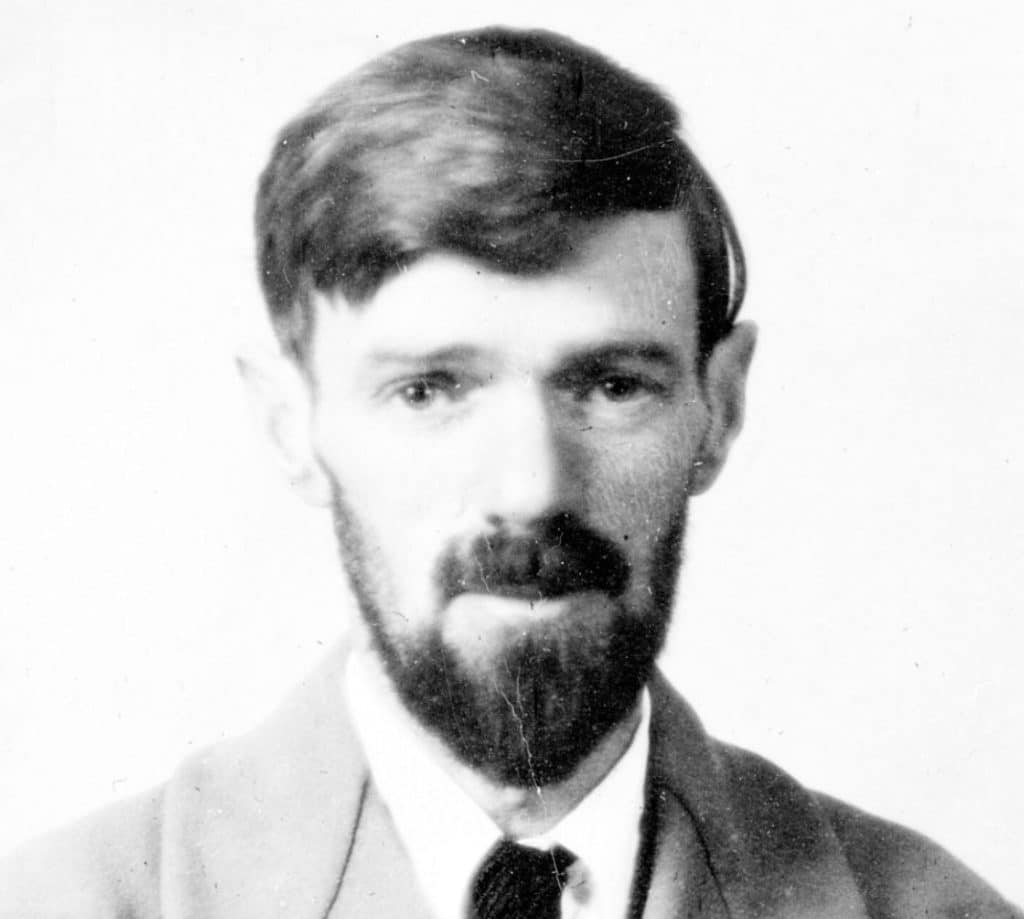
David Herbert Lawrence, usually known as D. H. Lawrence, was born on September 11, 1885, in Eastwood, Nottinghamshire, England, the fourth of five children in a working-class family. His father, Arthur Lawrence, was a coal miner, and his mother, Lydia, was a former schoolteacher. As Arthur and Lydia struggled to scratch out a living in that small mining town, they squabbled often, providing their son with perceptions of marital relationships that would emerge later in his works.
Between 1891 and 1898, David attended Beauvale Elementary School, where he performed well enough to become the first student from that school district to win a scholarship to Nottingham High School. Lawrence left high school in 1901 and between 1902 and 1906, he was employed as a student teacher at Eastwood High School, ultimately receiving a teaching certificate in 1908 from the University of London. It was during those years that he began sketching his first poems and short stories, winning In 1907, a short story competition in the Nottinghamshire Guardian.
However, Lawrence’s writing career took off with the 1911 publication of his first novel, The White Peacock, that featured vivid descriptions of the English countryside as a backdrop for his exploration of human relationships. This was followed in 1912 with The Trespasser and in 1913 with Sons and Lovers–often considered his breakthrough work in its deep exploration of the complex relationships within a working-class family. In July, 1914, just before the outbreak of World War I, Lawrence married Frieda von Richthofen, a cousin of the famous World War I fighter pilot Manfred von Richthofen, known to many as the Red Baron. Although they stayed married throughout the remainder of his life, Lawrence’s relationship with Frieda is said to have been passionate but often tumultuous.
Throughout World War I, Lawrence had suffered persecution for his pacifism, his alleged homosexuality, and his marriage to a German woman. Feeling unwelcome in England, he and Frieda embarked, in 1919, on what Lawrence termed his “savage pilgrimage” –a self-imposed exile involving extensive travel to various parts of the world, including Italy, Australia, Sri Lanka and the United States (but he did not visit Arabia) These experiences influenced his writing and gave him a broader perspective on culture and society.
In 1920, D. H. Lawrence released a sequel to Sons and Lovers titled Women in Love. In this novel, Lawrence delves into the romantic and sexual relationships of its characters, paving the way for an even more explicit description of human sexual relationships in his next novel. When Lady Chatterley’s Lover was published in 1928, it unleashed a maelstrom of controversy, about the distinction between literary art and pornography. Many countries restricted its sale or banned it outright and Lawrence was denied validation as a legitimate novelist by contemporary literary critics, .
D. H. Lawrence’s health had been deteriorating over the years as he battled tuberculosis, and sought treatment in various locations, including Italy and Switzerland. But on March 2, 1930, he lost that battle and died in France at the age of 44. Though denied widespread acceptance during his lifetime, his works continue to be studied and celebrated for their exploration of human psychology, sexuality, and the complex dynamics of relationships. He is now regarded as one of the most important literary figures of the 20th century.
